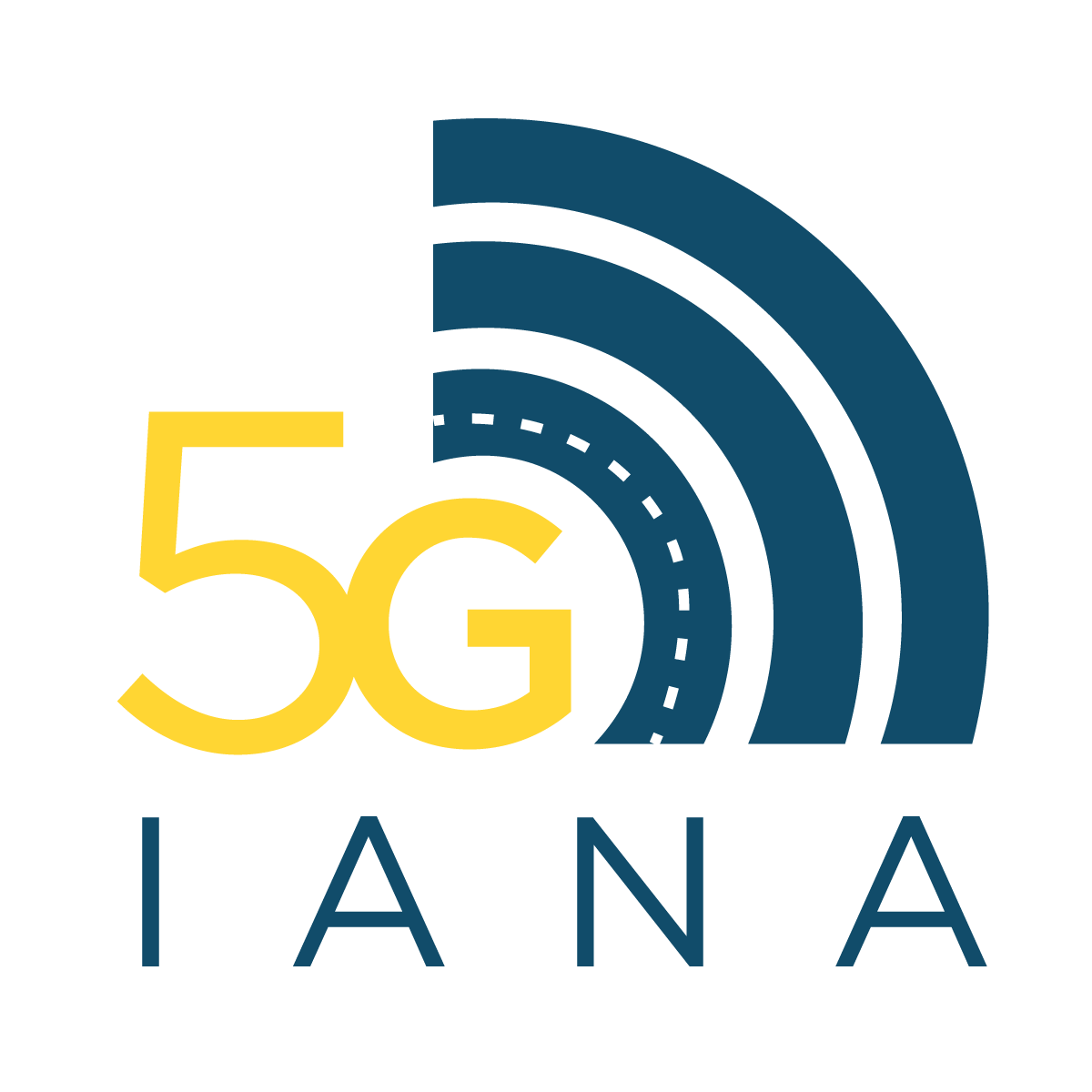5G-IANA - Remote Driving
5G-IANA remote driving is about the integration, demonstration and validation of advanced remote driving functionalities in the open and enhanced experimentation platform developed in the 5G-IANA project. The aim is to use a vehicle connected through 5G, which is controlled remotely via a teleoperation platform. In the first phase, the vehicle will be equipped with both a front and a rear camera to transmit the video to the edge of the 5G network. The vehicle to be used in this UC is an automated guided vehicle (AGV) with an “Ackerman” configuration, that is, the rear wheels provide traction force to the car, while the front wheels are adjustable and guide it. The 5G-enabled vehicle will be connected to the edge of the network, sending information based on its onboard sensors and video (constant feed). At the edge, an AI/ML algorithm will be processed and added on top of the video, providing information about the different elements located while driving on the road, such as pedestrians, cars, or traffic signals. An additional warning feature will be included by the use of sensors and lidar located in the vehicle, which permit to measure the distance to obstacles and provides the driver additional information and/or stop when a potential accident is about to happen. The second phase will also include advanced features that aim to push 5G to the next level. This includes the integration of two additional video feeds (right and left side) into a 3D environment. It will be processed from the four video cameras installed in this phase (front, left, back, right) and shown to the end user in a 360 environment by using VR glasses. Apart from that, the warning service will be enhanced by implementing a 3D tracking algorithm that will use both the AI detection algorithm and lidar data.




